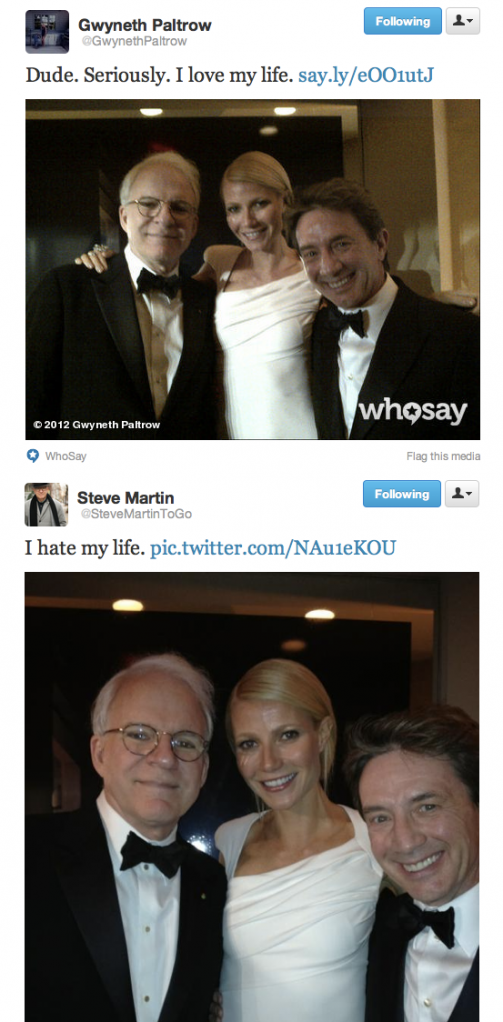Hey Hey
They quit before it became too embarrassing, and almost immediately their short run of hit singles, plus the TV theme, became oldies radio regulars. Dig deeper, though, because the Monkees’ catalogue is full of gems. Their influence is gentle but pervasive; it’s hard to think of any other group who could have released a song that would be covered by both the Sex Pistols and PJ & Duncan. “Whenever I think of the Monkees,” said the Go-Betweens’ Robert Forster in 1986, “it’s a sunny morning, the brightest colours, and David Jones’s eyes. Their music is perfect, as perfect as pop could ever be. Last Train to Clarksville has been written, and we are left with our own imperfection.
For anyone who dismisses the Monkees as an entirely manufactured pop group, I point them at Head and its impressive subversion of their image. At least Peter Stanley gets it.
# Mar 1, 2012Soviet Ruins

I first heard about the Buzludzha monument (pronounced Buz’ol’ja) last summer when I was attending a photo festival in Bulgaria. Alongside me judging a photography competition was Alexander Ivanov, a Bulgarian photographer who had gained national notoriety after spending the last 10 years shooting ‘Bulgaria from the Air’. Back then he showed me some pictures of what looked to me like a cross between a flying saucer and Doctor Evil’s hideout perched atop a glorious mountain range.
I love that we live in a world where a place like this actually exists. And has been allowed to go to ruin, making it infinitely more dramatic-looking. I couldn’t even decide which picture to post, they’re all so amazing. Just stop whatever you’re doing now and check them all out.
# Mar 1, 2012The Star Wars Saga: Suggested Viewing Order »
If you’re someone who doesn’t give the Star Wars films a second thought, you have no idea how much thought us nerds put into the idea of what order we should make our kids watch them. This guy has perfected it.
I’d encourage you to read his whole post, but if you’re still all “TL;DR”? IV, V, II, III, VI. No Episode I at all.
# Feb 28, 2012Time Spent
Visitors using personal computers spent an average of about three minutes a month on Google between last September and January, versus six to seven hours on Facebook each month over the same period, according to comScore, which didn’t have data on mobile usage.
Whoa. The Mounting Minuses at Google - WSJ.com
# Feb 28, 2012Infovore » A Year of Links »
Tom Armitage:
I thought it would be interesting to produce a kind of personal encylopedia: each volume cataloguing the links for a whole year. Given I first used Delicious in 2004, that makes for eight books to date.
Beautifully done.
# Feb 28, 2012The 8 Most Opulent Gifts in the Oscar Swag Bags »
Each gift bag was worth about $60,000. And these got handed out to all the nominees. Reminds me of that line from Withnail & I - Free to those that can afford it. Very expensive to those that can’t.
# Feb 27, 2012Dear Esther
With no characters to interact with, no enemies to fight, no puzzles to solve, no way to manipulate the environment around you, Dear Esther is guaranteed to spark a thousand hand-wringing debates about what a game actually is. Can a game have none of the elements listed above and still call itself a game? Or is it enough to provide an experience to the player? Come to think of it, if you’re not “playing”, what do you call it?
I guess you could call it exploration. Dear Esther is great at exploration. You explore an uninhabited island, with its beautifully rendered landscapes and scattered clues to the people who once lived there. You explore the story (or stories) being told by the disembodied narrator. You explore the nature of gameplay.
More than anything, though, Dear Esther is about atmosphere. The story being told, the tone of the narration, the haunting soundtrack, the gorgeous visuals. These all add up to a singular atmosphere of loneliness and desolation. The creators have said they were influenced by Tarkovsky’s Stalker – a film that is more about creating an atmosphere than telling a compelling story.
But, although it tries, it can’t escape its game roots. Dear Esther is built with “Source” engine, the same one that powers Half Life 2, and so it’s necessarily constrained in the scope of its ability to tell a story and build the atmosphere it is going for, in much the same way as a book is bound by the constraints of having to tell its story through the medium of static print. As a result, its game-like artifacts are completely out of place in such an anti-game. To prevent you going too far off the prescribed path, Dear Esther uses conventions like invisible walls and insta-death points. Arbitrary rules that people often expect and that sometimes even make sense in a traditional ‘game’. In something like this, though, they shatter the illusion and the atmosphere.
As a game (if that’s what you decide to call it), Dear Esther a failure. As a story, it falls similarly flat, drip-feeding the brunt of the story through the same kind of cack-handed, painfully oblique passages as we saw in Braid.
As an experience, there’s nothing like it.
# Feb 27, 2012

